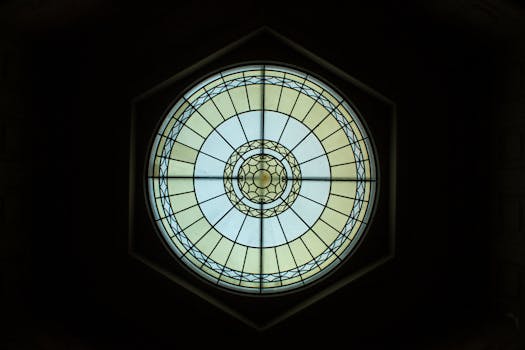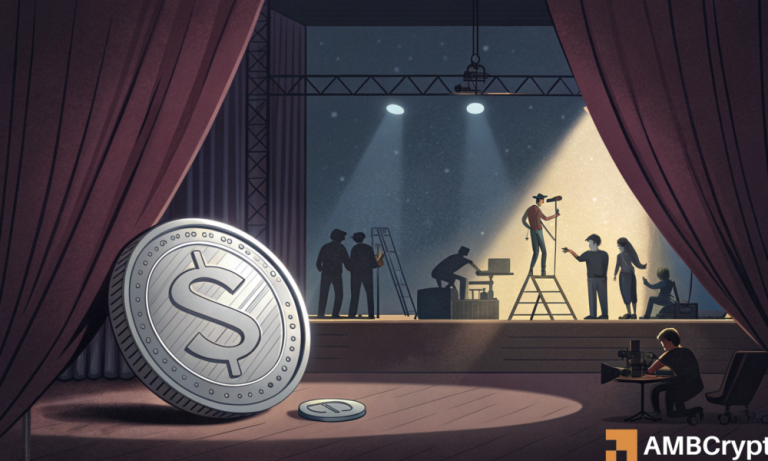
Traveling Through Time: How Europe’s Historical Heritage Shapes Modern Lifestyles in 2025
Traveling Through Time: How Europe’s Historical Heritage Shapes Modern Lifestyles in 2025. Europe, a continent steeped in history and tradition, has a unique ability to blend the old with the new. From the ancient ruins of Greece and Rome to the modern cities of London and Paris, Europe’s historical heritage continues to shape modern lifestyles in 2025. In this article, we’ll explore how Europe’s rich cultural heritage influences contemporary life, from architecture to art, cuisine, and beyond.
Architecture and Urban Planning
Europe’s historical cities are a testament to the continent’s architectural diversity. From the Gothic spires of Prague to the Renaissance palaces of Florence, each city’s unique blend of styles reflects its distinct history and cultural identity. In modern times, these historical buildings and monuments continue to inspire urban planning and architecture. Many European cities have incorporated sustainable and eco-friendly designs into their historical centers, blending tradition with innovation. For example, the city of Barcelona has implemented a series of green roofs and solar panels in its historic buildings, reducing energy consumption while preserving the city’s cultural heritage.
Art and Culture
Europe’s historical heritage has also had a profound impact on the continent’s art and cultural scene. From the masterpieces of Leonardo da Vinci to the works of modern artists like Picasso and Warhol, European art has always been characterized by its diversity and innovation. In 2025, this cultural heritage continues to inspire new generations of artists, musicians, and writers. The city of Berlin, for example, has become a hub for contemporary art, with numerous galleries and museums showcasing the work of local and international artists. The city’s rich history, from the Berlin Wall to the vibrant street art scene, has created a unique cultural landscape that attracts visitors from around the world.
Cuisine and Food Culture
European cuisine is renowned for its diversity and richness, with each country and region boasting its own unique flavors and specialties. From the pasta dishes of Italy to the seafood stews of Portugal, European food is a reflection of the continent’s history, culture, and geography. In 2025, traditional European cuisine continues to evolve, with modern chefs incorporating new ingredients and techniques into classic dishes. The city of Copenhagen, for example, has become a leader in the New Nordic cuisine movement, with restaurants like Noma and Geranium offering innovative and sustainable takes on traditional Danish cuisine.
Conclusion
In conclusion, Europe’s historical heritage continues to shape modern lifestyles in 2025, from architecture to art, cuisine, and beyond. By embracing and preserving their cultural heritage, European cities and communities are able to create unique and sustainable lifestyles that blend tradition with innovation. Whether you’re exploring the historical cities of Europe or experiencing the continent’s vibrant art and culture scene, it’s clear that Europe’s rich heritage will continue to inspire and influence modern lifestyles for generations to come.





